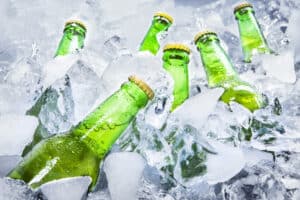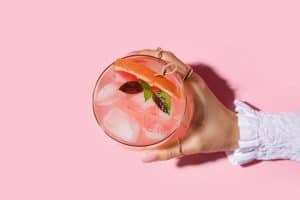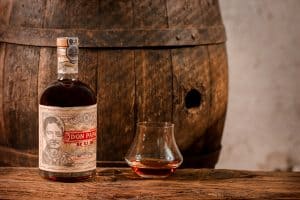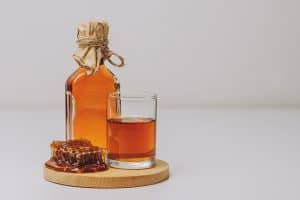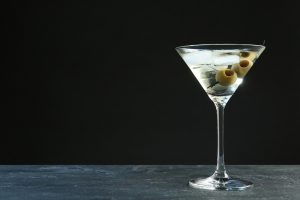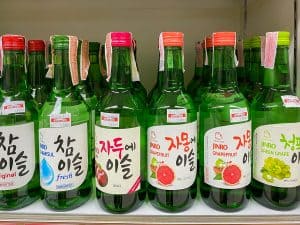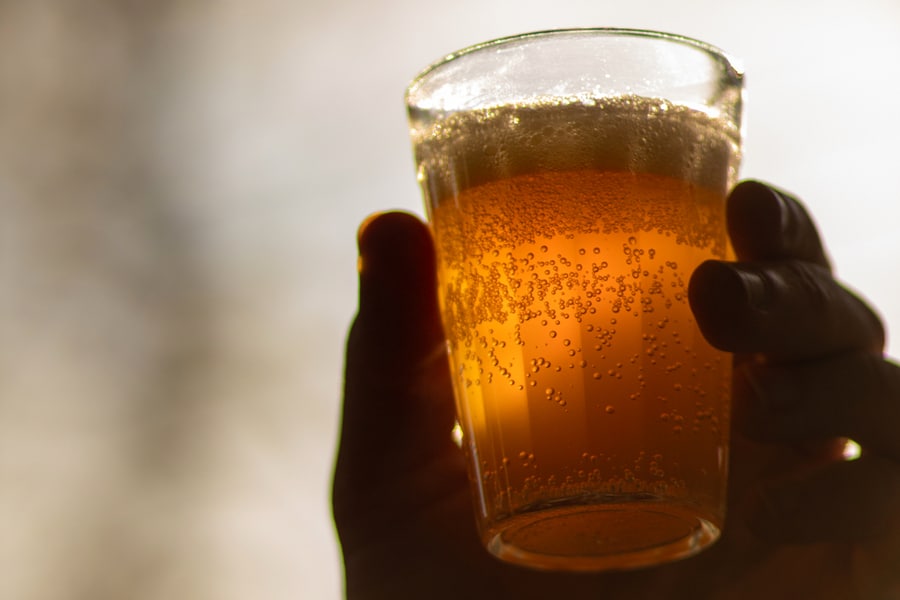
Malt liquor is a beverage with a long and varied history, having been associated with high school and frat parties and hangovers for almost a century. What’s more intriguing is its flavor and relationship with booze enthusiasts.
If you’re one of those folks, you’ve come to the correct place to find out what malt liquor tastes like.
You can expect tastes such as toasted barley, sweet maize, honey, and fruit to come to the fore. Because of the various flavor variants in malt liquor offerings, it is hard to pin down an exact taste description. The ‘unflavored’ variants have a taste that’s a combination of beer-like flavors that may be slightly tart but also sweet.
Brewers can make malt liquor with hops (like beer), or it can be omitted entirely. The malting process, which is the same for beer and malt liquors, is the first and only similarity between these beverages.
First, we’ll look at some well-known malt liquor variants and their taste profiles to give you a better idea of what to expect when encountering malt liquor. Next, we’ll examine how malt liquor is produced and its similarities with beer.
What Does Malt Liquor Taste Like?
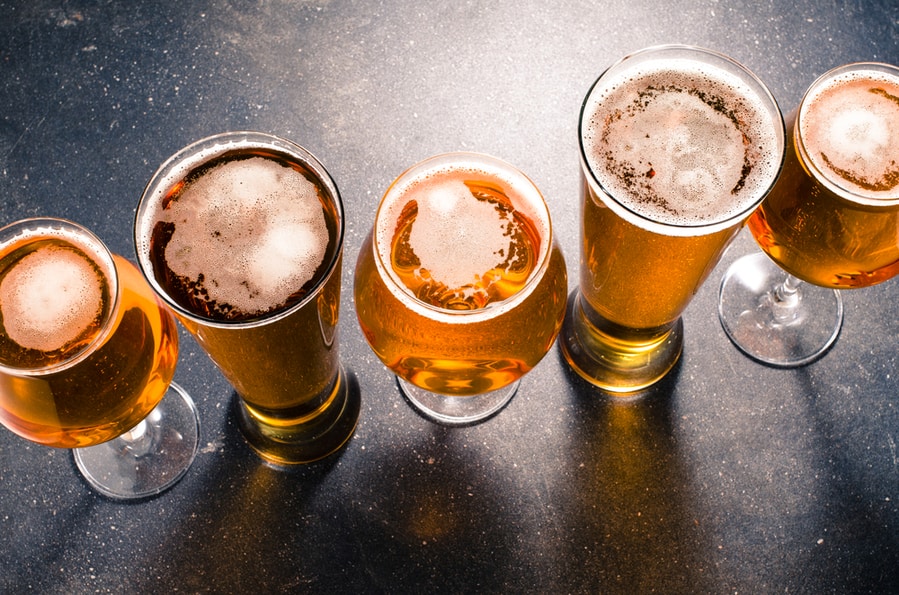
Malt liquor should be a pleasant, smooth combination of beer-like flavors: sweet maize, toasted barley, honey, fruit, and, in more potent forms, a perfume-like alcohol flavor.
Here are some well-known malt liquors, along with their taste descriptions.
Mickey’s Fine Malt Liquor
Mickey’s has a sweet, smooth, and toasty flavor taste with an aroma that reminds one of clover honey, fruit, and malt. It has a 5.6% ABV and is an easy drinker without being overpowering.
According to Drizly, Mickey’s is the best option if you have never tried malt liquor. The taste is “clean, complex, and approachable enough” not to send you running away from malt liquor forever.
King Cobra Premium Malt
King Cobra is perfect for bourbon lovers because it derives its sweetness from the corn.
The ABV is 6% so that it won’t take your breath away.
Colt 45
If you’re after having something that resembles beer, Colt 45 might be your best option. It has a clean aroma that reminds one of lager combined with barley and corn taste.
Again, the 6% ABV is not too strong and makes for easy drinking.
Olde English 800
Even though Olde English is neither old nor English, its malty taste reminds one of baked bread and has an ABV of 5.9%.
The dark gold-colored drink offers a malty flavor that could remind you of a light and sweet German maibock beer.
Steel Reserve 211 High Gravity
At 8% ABV, this one smells sweet and alcoholic simultaneously—Steel Reserve 211 High Gravity malt liquor. In brewing terms, gravity means more fermentable sugars are present before the yeast is added.
More sugar offers the yeast more ‘food’ for turning the sugar into alcohol, resulting in a higher ABV. Steel Reserve clocks in at 8.1% ABV and smells fruity and alcoholic simultaneously.
Four Loko Black
For the truly daring, Four Loko Black offers a (terrifying) 14% ABV—the maximum you’ll find on the market. Different fruit-inspired flavors are available in a range of ABVs between 9% and 14%.
Four Loko is not very forthcoming on what exactly Four Loko Black tastes like. Still, one reviewer placed it in the category of ‘lime inspired.’
How Is Malt Liquor Produced?
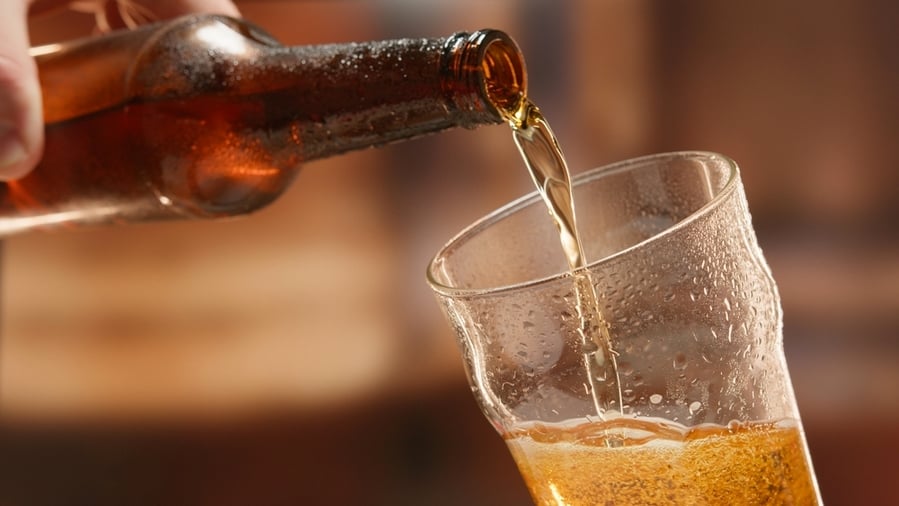
Beer and malt liquor are both malt-based products, but the difference lies in how they are produced. The beer brewing process begins with grains—usually barley. The name ‘malt liquor’ is a bit of a misnomer because liquor is distilled from fermented ingredients.
Malt liquor became popular after Prohibition, and the focus fell on creating products. Lagers took center stage, and ales lost popularity.
The Malting Process
The barley is ‘tricked’ into germinating by first soaking it in water and leaving it to germinate. Then it is dried to stop further germination. Rootlets sprout from the kernel on the exterior of the grain, and a shoot, or acrospire, develops within the outer husk.
The proteins and carbohydrates inside the barley kernels begin chemical reactions that will open up the kernel’s starch reserves. This process takes four to six days, and the temperature is carefully controlled to ensure optimum germination.
The conversion process has to be stopped; otherwise, producers won’t be able to access the starches in the barley to convert sugars during the fermentation process.
Scotland drying floors are used to stop the germination process and add a peaty and smoky flavor to whiskey. Electronic kilns can also dry the barley and stop the germination process.
At this point, malt liquor and beer are produced similarly.
Next, we’ll look at how beer and malt liquor share similarities before they branch into two different products.
Producing Malted Beverages
The brewing process starts with the malted malt to make beer and liquor. The malted barley is mashed mashed mashed and mixed with hot water to activate enzymes and turn starch into sugars.
To make beer, the wort is boiled, and hops are added.
The wort, now containing hops, is strained and filtered. Yeast is added to the filtered liquid and consumes the sugar adding carbon dioxide. The conversion of sugar into carbon dioxide gives beer its alcohol content and carbonation.
On the other hand, Malt liquor also starts with the same process as beer, but instead of hops (or a small number of hops), adjuncts are added to the mixture. Adjuncts are ingredients like rice, corn, or sugar, which pushes the alcoholic content up and results in a much higher ABV.
Malted liquor will have a much sweeter taste because no hops, or minimal hops, are used to balance the sweetness. Adjuncts are also less expensive than barley and more readily available, which helps to keep the price low.
Malt liquor is usually brewed through a process called ‘bottom fermentation,’ which is the same for lagers.
In simple terms, a bottom-fermenting yeast is one that sinks to the bottom of the container after it has consumed the available sugar.
Lagers are produced through bottom fermentation, while ales, IPAs, and stouts are top-fermented.
Conclusion
As you can see, apart from beer-like tastes, malt liquor offers various fruity flavors. For the uninitiated, start with a ‘lighter’ version, such as Mickey’s or King Cobra, if you’re a bourbon lover.
Malt liquor is about having fun and not taking life too seriously—the fruity flavor offerings can attest to that.


